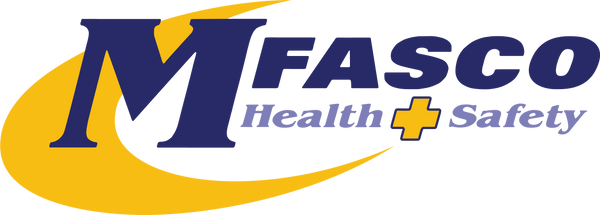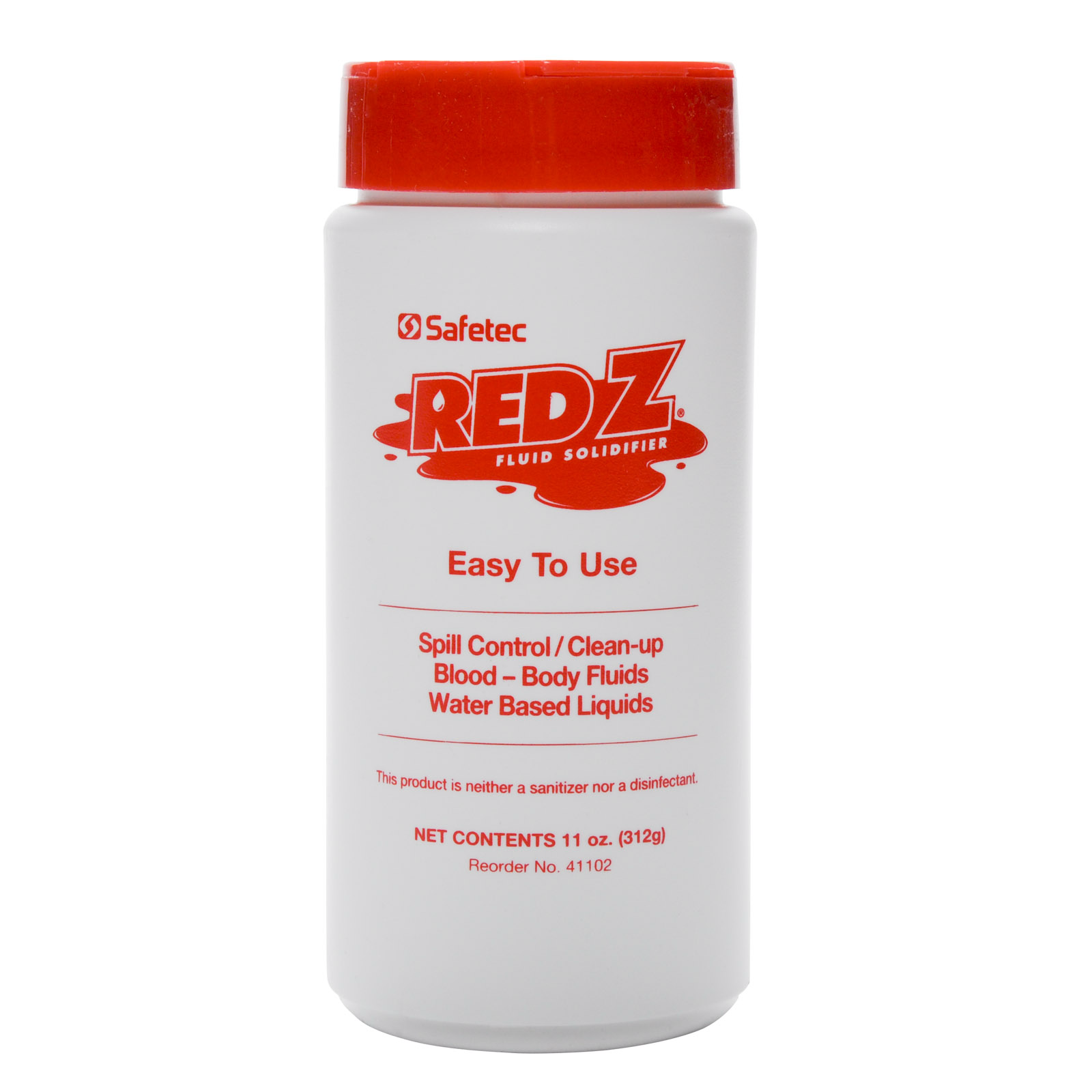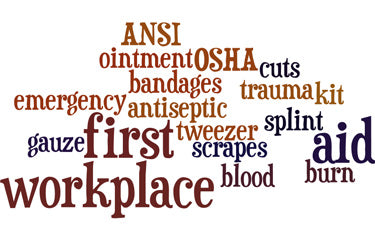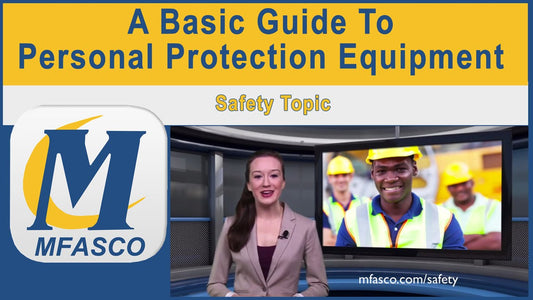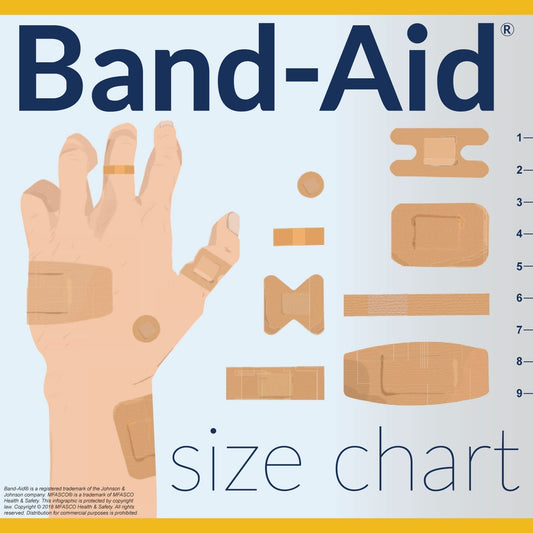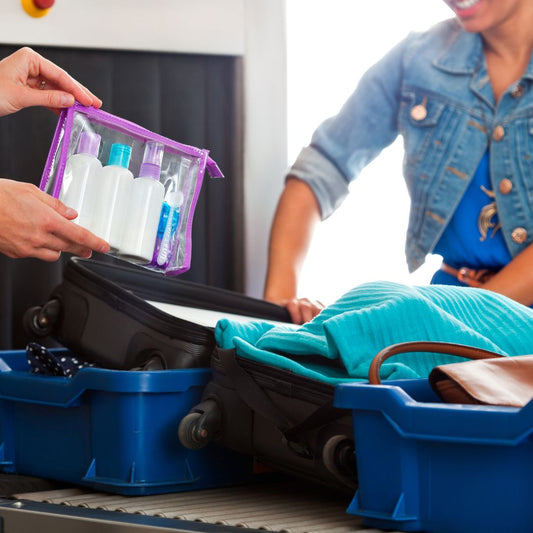7 Elements of a Successful Bloodborne Pathogens Exposure Control Plan

A new study reveals that some American healthcare workers are not adequately trained for or protected from bloodborne pathogens. 28% of privately owned dental practices did not have a site-specific written bloodborne pathogens exposure control plan and half of those had no intention to implement one in the next 12 months. OSHA's 29 CFR 1910.1030 bloodborne pathogens standard was created to safeguard the American healthcare worker from infectious diseases found in human bodily fluids and the standard requires an exposure control plan be in place to protect workers.
What is a bloodborne pathogens exposure control plan?
An exposure control plan (EPC) is the framework for compliance where the employer creates a written plan to protect their workers from bloodborne pathogens. This written plan is a requirement for compliance. Without this plan, the employer has no program and there is little hope of properly protecting their workers. It is also a violation of Federal law and the employer will be deemed "non-compliant" and potentially fined. So, with that in mind, let's take a minute and look at the 7 elements of an exposure control plan.
1. Exposure determination - The plan should include the names, departments, and tasks of each employee where the potential for occupation exposure to bodily fluids exists.
2. Methods of implementation and control - There are several elements that will help reduce the potential for exposure to employees including:
- Exposure control plan - A written plan outlining processes and procedures to prevent and correct exposure to potential infectious diseases and provide employee training.
- Engineering controls and work practices - Methods including sharps disposal, review of work practices, employee involvement, and awareness are all included.
- Personal protective equipment(PPE) - Supplies are provided to employees who fall under the plan including gloves, gowns, face protection, goggles, and the training, education, and use of PPE.
- Housekeeping - Outlines the proper use and procedures to handle, clean, and dispose of contaminated materials like clothing, emesis basins, sharps disposal, towels, and rags that are considered potentially infectious. Biohazard clean-up kits are commonly used for spill applications.
- Laundry - Clothing that may have been exposed must be disposed of or treated appropriately, being placed in red, leak-proof bags marked with biohazard symbols.
- Labels - Equipment including waste receptacles, refrigerators, and other locations where potentially infectious materials are located must be labeled with identifying tags, stickers, or markings according to the standard to help identify them as hazardous and warn employees. Red biohazard bags are commonly used for disposal.
3. Hepatitis B Vaccine - The employer will provide training and vaccinations to employees who, as part of their job will be exposed to potentially infectious bodily fluids. There are a few reasons an employee would not be required to be vaccinated but generally, everyone should be. Any employee who declines the vaccination must sign a document of refusal to be kept with the other bloodborne pathogens program records.
4. Post-Exposure evaluation and follow-up - Immediately after an event of exposure, a confidential medical evaluation and follow-up will be conducted. The evaluation details several steps including documenting how the exposure occurred, being tested for infection, blood collection for evaluation and further testing, and more. See the standard for more details.
5. Communication of hazards and training - Every worker who has occupational exposure to bloodborne pathogen receive training about what it is, symptoms, and transmission of these diseases. As well as training, employees will have an opportunity to ask questions and get answers from the person who is conducting the training.
6. Record keeping - There are 4 types of records OSHA requires. Training, medical, incident, and sharps injury records all must be managed and maintained by the employer. The length of time the records must be maintained varies based on record type. For example, training records must be kept for three years while medical records must be kept for thirty years after the employee is no longer employed at that organization.
7. Administration of post-exposure incidents - In the case where an employee has been exposed, the employer is required to examine the plan, process, and procedures surrounding the employee for the purpose of preventing future exposure.
While the study mentioned at the beginning of this article focused on the dental industry, we can assume that many other organizations are not bloodborne pathogens compliant within different industries. Take a close look at OSHA's written bloodborne pathogens standard and begin to create your exposure control plan. If you have already created an exposure control plan but it has been tucked away in a file for years, get it out and update it. Reach out to your employees and put your plan back into action. These steps will help protect your most important asset, your employees.
MFASCO Health & Safety is an expert at Bloodborne Pathogen Kits and Supplies
Whether you need masks, gowns, or biohazard bags to refill your existing stock, we have the biohazard protection supplies you need.
We manufacture biohazard clean-up kits and personal protection kits
We manufacture and stock disposable bloodborne pathogens clean-up kits and PPE personal protection kits. Our combination cleanup and PPE kits are the best choice for a complete kit.
More helpful resources and someone to talk to
We're here to help. We have helpful articles about understanding the importance of PPE for bodily fluids or a basic overview of the concept of universal precautions, MFASCO Health & Safety is ready to help you select the right biohazard protection supplies. Give us a call or email us for assistance.
Bio Safety Products & Accessories
MFASCO's Make a Kit Tool
Bio Protection Products
Deluxe PPE & Clean Up Kit Plastic
Additional Resources for Bio Safety Kits & Supplies
Top 8 First Aid Kit Types
Disinfecting hard Surfaces for Workplace Health
Understanding the Importance of PPE for Bodily Fluids
Contributing Expert

Mike Brinker
Mike Brinker has been working in the first aid industry for over 35 years. He has worked with thousands of businesses,groups, and organizations to provide a healthy and safe work environment. Mike helped create “Make-A-Kit”, the internet's only online first aid kit creation tool. He has also authored many helpful first-aid and safety-related resource articles found at the MFASCO Learning Center.
